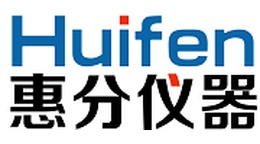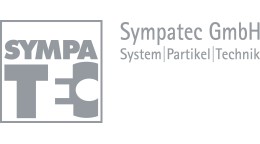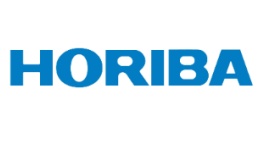方案详情文
智能文字提取功能测试中
Martin Guitreau1, Jhanis Gonzalez2,3, Samuel B. Mukasa1, Mike Colucci3, and Rick Russo2,3APPLIED SPECTRA Determination of REE and Water Content in Volcanic GlassesUsing Tandem LA-LIBS 1-CEPS-Earth Science department, University of New Hampshire, USA2-Lawrence Berkeley National Laboratory, Berkeley, CA, USA 3-Applied Spectra Inc., Fremont, CA, USA Major advancement in laser ablation sampling has been realized for the analysis ofgeological samples for their elemental and volatile concentrations. This ground-breakingtechnology is called Tandem LA - LIBS that combines the capabilities of Laser AblationInductively Coupled Plasma Mass Spectrometry (LA-ICP-MS) and Laser InducedBreakdown Spectroscopy (LIBS). LIBS is based on measurement of the optical emissionoriginating from the laser-induced plasma [3] whereas LA-ICP-MS involves transport andexcitation of the ablated aerosol to a secondary source (ICP), before entering a massspectrometer [4]. Here we present H,O concentration data acquired with LIBS in tandemwith LA-ICP-MS measurements of some major and trace elements in basaltic glasses. Introduction Experiment Details ·4 basaltic glasses of known major oxide and H0content have been analyzed in addition to NIST 612(external standard and unknown) with Applied SpectraJ200 213nm Tandem LA-LIBS instrument. Thermo X-Series 2 ICP-MS was coupled to J200 Tandem LA -LIBS instrument for LA-ICP-MS analysis. · Standard bracketing using NIST 612 in 2 batcheswas performed over 2 days. Each batch consisted of25 successive analyses each for~20 seconds. · LIBS and LA-ICP-MS data have been acquiredsimultaneously. LIBS spectra are collected between641 and 698nm for Ca, H, and Li emission lines. · To check consistency of LA-ICP-MS analyses, wehave also analyzed 3 of the same samples using LA-ICP-MS facility at UNH (Nu Attom ICP-MS). A similarbracketing procedure has been undertaken, exceptthat this time one shot of 60s was performed for eachsample within each batch. UNH data presented herehave been processed according to the t interceptmethod [5], and they are averages of 8 batchesacquired using spot sizes of 30, 40, 65, and 80 pm. · Laser spot size was set to 60 pm and energy to 60%. Ca has been used as an internal standard for LA-ICP-MS (i.e., 43Ca) analysis. · For H measurements with LIBS, we have used apartial least squares regression (PLSR) routine [6,7] tomatch a spectrum of unknown samples to referencemodel1spectra. We appliedPLSR to obtainmultivariate calibration that takes into account allintensities at every pixel within a specific wavelengthregion. The prediction capability of the PLS model isbased on cross-validation with a known standard. Figure 3: Comparison of selected major and trace element concentrationsobtained using UNH LA-/CP-MS facility (Nu Attom ICP-MS) and AppliedSpectra J200 Tandem (213 nm laser with Thermo X-Series 2). Chemicalelements analyzed are Li, Mg, Ca, Sc, Ti, V, Cr, Ni, Sr, Y, Zr, Nb, La, Pr, Nd,Sm, Eu, Gd, Tb, Dy, Ho, Er, Tm, Yb, Lu, Hf, and Pb. J200 Tandem LA -LIBS Instrument Figure 1: LIBS emission spectrum of the basaltic glasses from 641 to 698 nm. Ca peaks areparticularly visible. The lower figures correspond to zoom in over the H and Li signals. Multivariate calibration curve H,O calculated values glass Avg(wt%) std %rsd Knownvalues(wt%) 3g2 0.181 0.036 20 0.17 Bg5 0.416 0.024 6 0.37 Figure 2: H0 concentration multivariate calibration with results for sample 2 and 5 inthe Table inset Discussion and Conclusion Theresults presented illustrates thattheH2Oconcentrations of volcanic glass can be determinedprecisely, and simultaneously with major and traceelements, using the Tandem LA - LIBS technique. Wealso show that the best approach to obtain precise andaccurate H,O concentrations is by applying multivariateanalysis to the H measurements. These results representa stepforward1in the(quest: towardsfullin-situcharacterization of a sample usinga singlelasersampling. ( References ) ( [ 1] Longerich e t al., 1 9 96, J. Anal. Atom. S pec., 1 1, 8 99-904. [ 2 ] Gerdes and Ze h ,2009, Chem . Geol. , 261, 2 30-243.[3] Rus s o et al., 200 8 , I n Laser Induced Breakdow n Spectroscopy, p . 4 9-79. [4] J. Koch and D. Gunther, Applied Spectroscopy, 2 011, 6 5, 1 55-162.[5] P.J. Sylvester and M. Ghaderi, 1 997, C hem. G e ol. 1 4 1, 4 9 -65.[6 ] R.G. B rereton,2000, Analyst 125, 2125-2154.[7] M.C. O rtiz et al . , 2 004 , Anal. Chim. Acta 5 15, 151-15 7 .[8] D.A. Bur n s an d E.W. C iurczak, 2007, CRC P ress, Taylor & fr a ncis, F lorida, ) H2O浓度多变量校准,结果为样品2和5在表中插图比较选定的主要和微量元素的浓度火山玻璃的LIBS发射光谱。Ca峰特别明显。下面的图对应于放大H和Li信号。
关闭-
1/1

产品配置单
北京富尔邦科技发展有限责任公司为您提供《火山玻璃中水和稀土元素检测方案(激光诱导击穿)》,该方案主要用于其他中水和稀土元素检测,参考标准《暂无》,《火山玻璃中水和稀土元素检测方案(激光诱导击穿)》用到的仪器有美国ASI 激光剥蚀—激光诱导击穿光谱复合系统。
我要纠错
推荐专场
相关方案


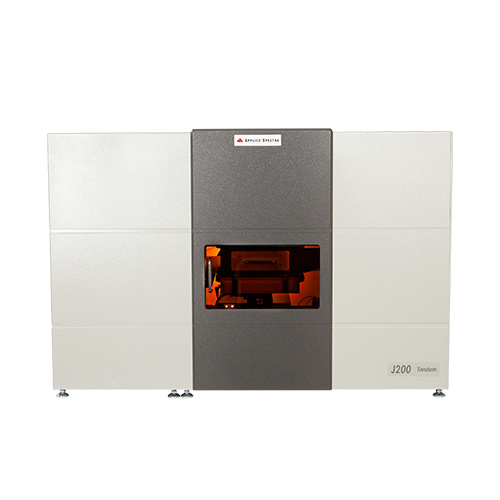
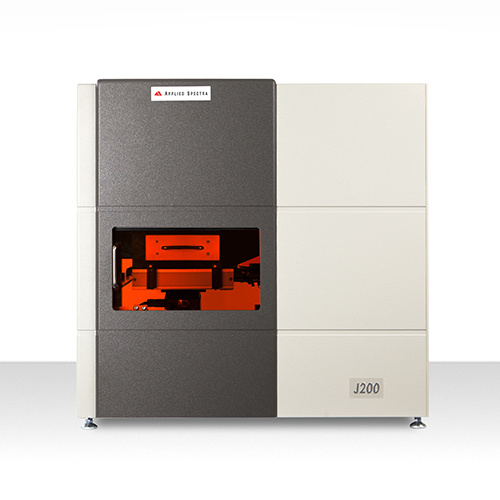
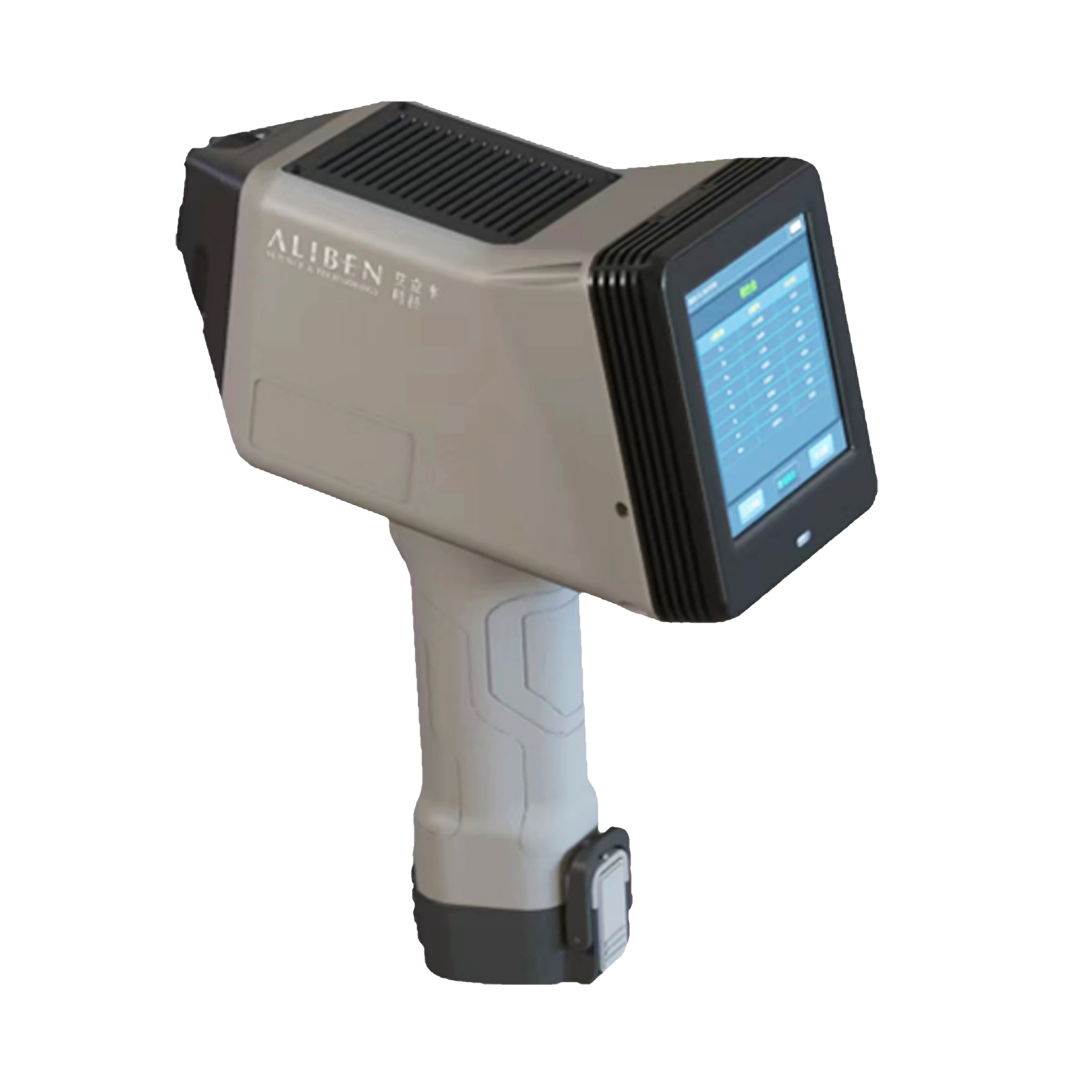
 咨询
咨询

